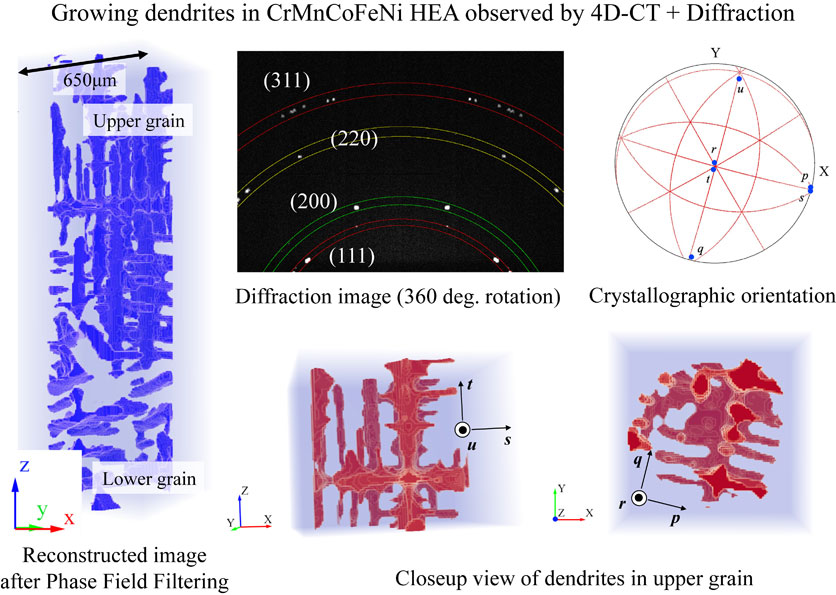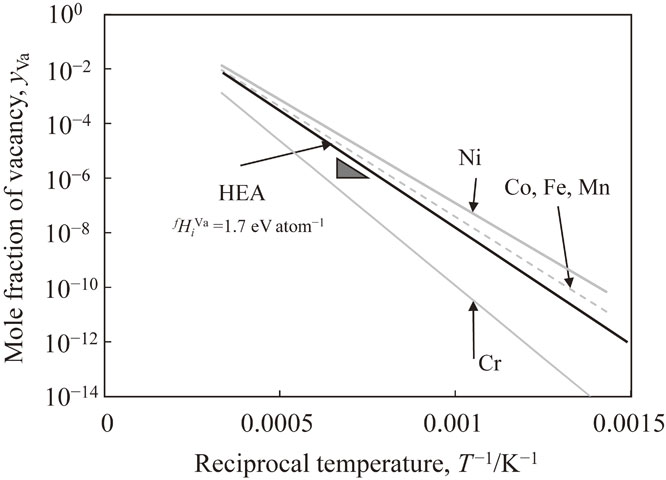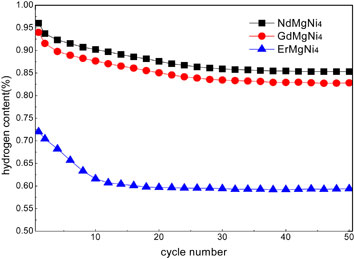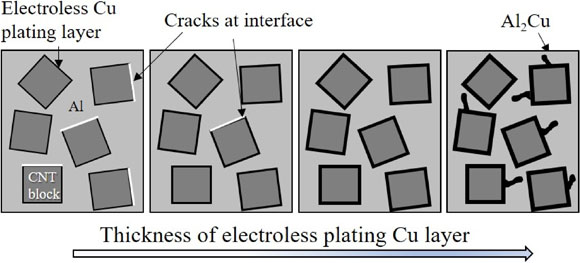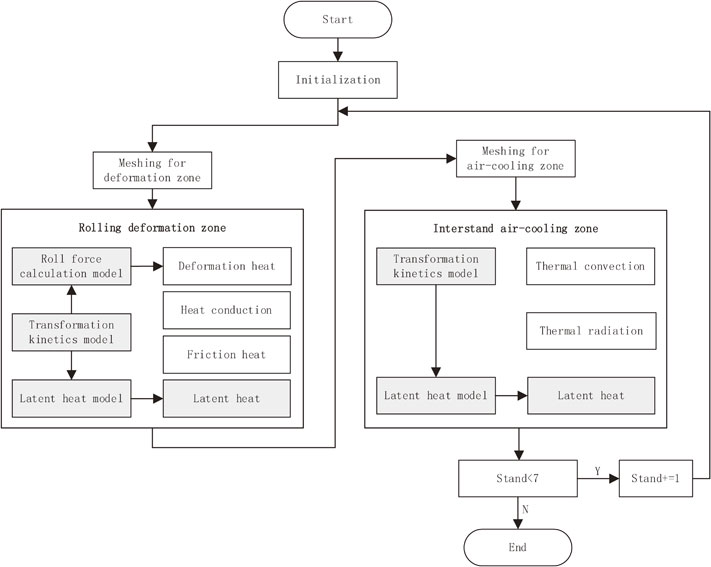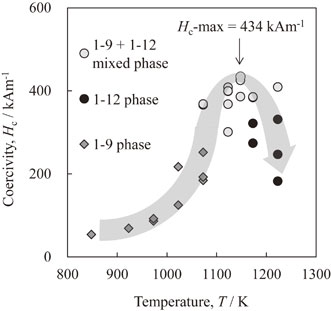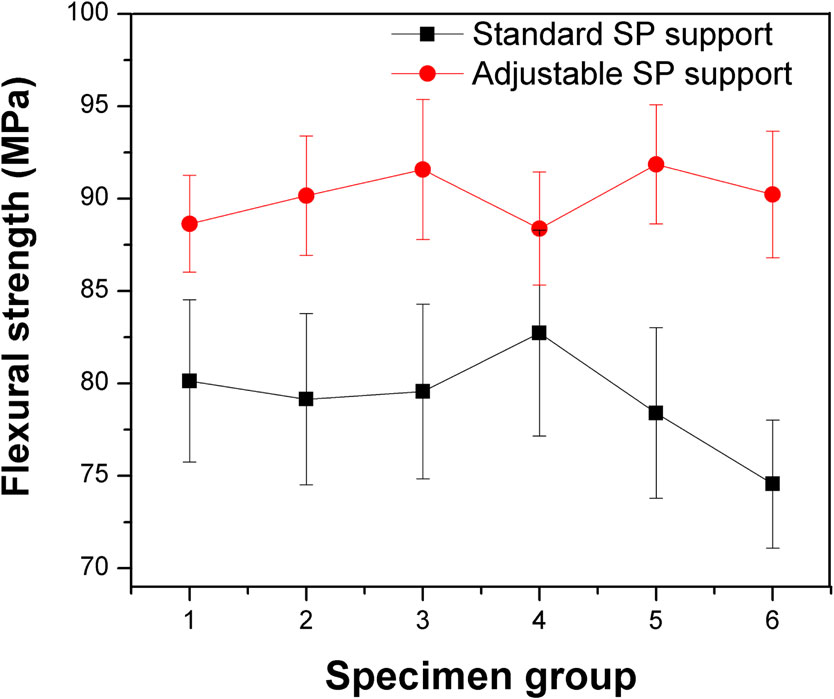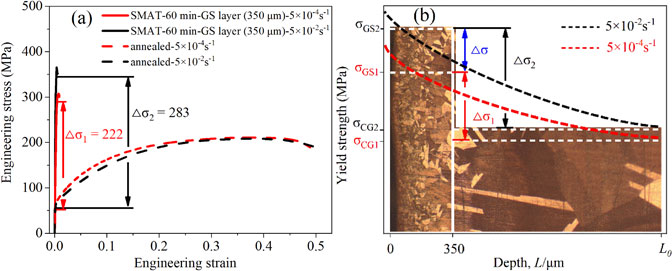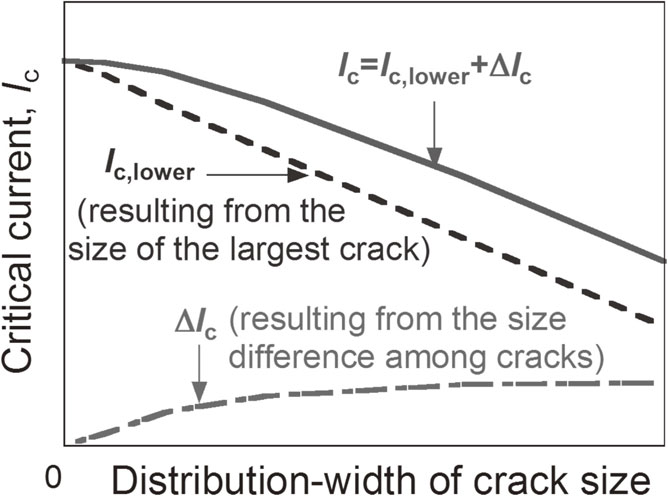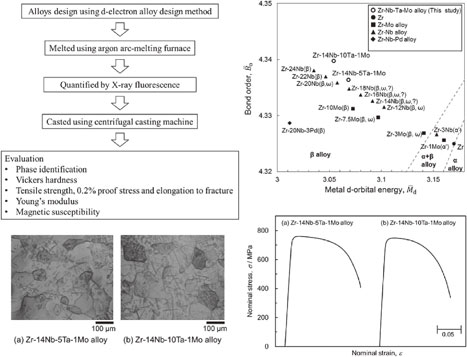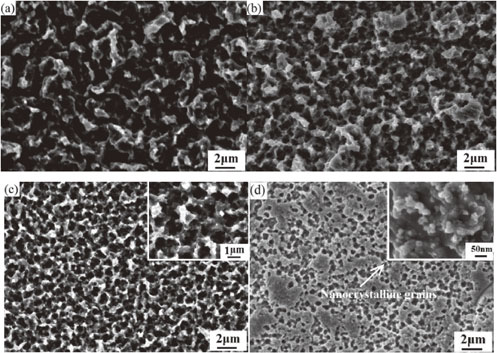61 巻, 4 号
選択された号の論文の36件中1~36を表示しています
- |<
- <
- 1
- >
- >|
Special Issue on Materials Science on High-Entropy Alloys
-
原稿種別: Preface
専門分野: Special Issue on Materials Science on High-Entropy Alloys
2020 年 61 巻 4 号 p. 561
発行日: 2020/04/01
公開日: 2020/03/25
PDF形式でダウンロード (31K) HTML形式で全画面表示 -
原稿種別: Regular Article
専門分野: Special Issue on Materials Science on High-Entropy Alloys
2020 年 61 巻 4 号 p. 562-566
発行日: 2020/04/01
公開日: 2020/03/25
[早期公開] 公開日: 2020/03/02PDF形式でダウンロード (2037K) HTML形式で全画面表示 -
 Development of Co–Cr–Mo–Fe–Mn–W and Co–Cr–Mo–Fe–Mn–W–Ag High-Entropy Alloys Based on Co–Cr–Mo Alloys原稿種別: Regular Article
Development of Co–Cr–Mo–Fe–Mn–W and Co–Cr–Mo–Fe–Mn–W–Ag High-Entropy Alloys Based on Co–Cr–Mo Alloys原稿種別: Regular Article
専門分野: Special Issue on Materials Science on High-Entropy Alloys
2020 年 61 巻 4 号 p. 567-576
発行日: 2020/04/01
公開日: 2020/03/25
[早期公開] 公開日: 2020/01/31 -
 原稿種別: Regular Article
原稿種別: Regular Article
専門分野: Special Issue on Materials Science on High-Entropy Alloys
2020 年 61 巻 4 号 p. 577-586
発行日: 2020/04/01
公開日: 2020/03/25
[早期公開] 公開日: 2020/01/24 -
 原稿種別: Regular Article
原稿種別: Regular Article
専門分野: Special Issue on Materials Science on High-Entropy Alloys
2020 年 61 巻 4 号 p. 587-595
発行日: 2020/04/01
公開日: 2020/03/25
[早期公開] 公開日: 2020/01/10 -
原稿種別: Regular Article
専門分野: Special Issue on Materials Science on High-Entropy Alloys
2020 年 61 巻 4 号 p. 596-604
発行日: 2020/04/01
公開日: 2020/03/25
[早期公開] 公開日: 2020/02/21PDF形式でダウンロード (5912K) HTML形式で全画面表示 -
原稿種別: Regular Article
専門分野: Special Issue on Materials Science on High-Entropy Alloys
2020 年 61 巻 4 号 p. 605-609
発行日: 2020/04/01
公開日: 2020/03/25
PDF形式でダウンロード (2727K) HTML形式で全画面表示 -
原稿種別: Regular Article
専門分野: Special Issue on Materials Science on High-Entropy Alloys
2020 年 61 巻 4 号 p. 610-615
発行日: 2020/04/01
公開日: 2020/03/25
[早期公開] 公開日: 2020/03/02PDF形式でダウンロード (704K) HTML形式で全画面表示 -
原稿種別: Regular Article
専門分野: Special Issue on Materials Science on High-Entropy Alloys
2020 年 61 巻 4 号 p. 616-621
発行日: 2020/04/01
公開日: 2020/03/25
PDF形式でダウンロード (3087K) HTML形式で全画面表示
Regular Article
Materials Physics
-
原稿種別: Regular Article
2020 年 61 巻 4 号 p. 622-625
発行日: 2020/04/01
公開日: 2020/03/25
PDF形式でダウンロード (1096K) HTML形式で全画面表示
Microstructure of Materials
-
原稿種別: Regular Article
2020 年 61 巻 4 号 p. 626-631
発行日: 2020/04/01
公開日: 2020/03/25
[早期公開] 公開日: 2020/02/07PDF形式でダウンロード (4354K) HTML形式で全画面表示 -
 原稿種別: Regular Article
原稿種別: Regular Article
2020 年 61 巻 4 号 p. 632-640
発行日: 2020/04/01
公開日: 2020/03/25
[早期公開] 公開日: 2020/02/17 -
原稿種別: Regular Article
2020 年 61 巻 4 号 p. 641-646
発行日: 2020/04/01
公開日: 2020/03/25
[早期公開] 公開日: 2020/02/21PDF形式でダウンロード (1345K) HTML形式で全画面表示 -
原稿種別: Regular Article
2020 年 61 巻 4 号 p. 647-656
発行日: 2020/04/01
公開日: 2020/03/25
PDF形式でダウンロード (11710K) HTML形式で全画面表示 -
原稿種別: Regular Article
2020 年 61 巻 4 号 p. 657-662
発行日: 2020/04/01
公開日: 2020/03/25
PDF形式でダウンロード (1066K) HTML形式で全画面表示 -
原稿種別: Regular Article
2020 年 61 巻 4 号 p. 663-667
発行日: 2020/04/01
公開日: 2020/03/25
[早期公開] 公開日: 2020/03/02PDF形式でダウンロード (3316K) HTML形式で全画面表示 -
原稿種別: Regular Article
2020 年 61 巻 4 号 p. 668-677
発行日: 2020/04/01
公開日: 2020/03/25
PDF形式でダウンロード (3878K) HTML形式で全画面表示
Mechanics of Materials
-
原稿種別: Regular Article
2020 年 61 巻 4 号 p. 678-684
発行日: 2020/04/01
公開日: 2020/03/25
PDF形式でダウンロード (3208K) HTML形式で全画面表示 -
原稿種別: Regular Article
2020 年 61 巻 4 号 p. 685-690
発行日: 2020/04/01
公開日: 2020/03/25
[早期公開] 公開日: 2020/02/17PDF形式でダウンロード (2180K) HTML形式で全画面表示 -
原稿種別: Regular Article
2020 年 61 巻 4 号 p. 691-699
発行日: 2020/04/01
公開日: 2020/03/25
PDF形式でダウンロード (1517K) HTML形式で全画面表示 -
原稿種別: Regular Article
2020 年 61 巻 4 号 p. 700-707
発行日: 2020/04/01
公開日: 2020/03/25
[早期公開] 公開日: 2020/02/17PDF形式でダウンロード (3881K) HTML形式で全画面表示 -
原稿種別: Regular Article
2020 年 61 巻 4 号 p. 708-717
発行日: 2020/04/01
公開日: 2020/03/25
[早期公開] 公開日: 2020/03/02PDF形式でダウンロード (10936K) HTML形式で全画面表示 -
原稿種別: Regular Article
2020 年 61 巻 4 号 p. 718-722
発行日: 2020/04/01
公開日: 2020/03/25
PDF形式でダウンロード (3631K) HTML形式で全画面表示 -
原稿種別: Regular Article
2020 年 61 巻 4 号 p. 723-728
発行日: 2020/04/01
公開日: 2020/03/25
[早期公開] 公開日: 2020/02/21PDF形式でダウンロード (3015K) HTML形式で全画面表示
Materials Processing
-
原稿種別: Regular Article
2020 年 61 巻 4 号 p. 729-733
発行日: 2020/04/01
公開日: 2020/03/25
PDF形式でダウンロード (1969K) HTML形式で全画面表示 -
原稿種別: Regular Article
2020 年 61 巻 4 号 p. 734-739
発行日: 2020/04/01
公開日: 2020/03/25
PDF形式でダウンロード (1823K) HTML形式で全画面表示 -
原稿種別: Regular Article
2020 年 61 巻 4 号 p. 740-749
発行日: 2020/04/01
公開日: 2020/03/25
[早期公開] 公開日: 2020/02/17PDF形式でダウンロード (7446K) HTML形式で全画面表示 -
原稿種別: Regular Article
2020 年 61 巻 4 号 p. 750-757
発行日: 2020/04/01
公開日: 2020/03/25
[早期公開] 公開日: 2020/02/07PDF形式でダウンロード (6329K) HTML形式で全画面表示 -
Development of a New Titanium Powder Sintering Process with Deoxidation Reaction Using Yttrium Metal原稿種別: Regular Article
2020 年 61 巻 4 号 p. 758-765
発行日: 2020/04/01
公開日: 2020/03/25
PDF形式でダウンロード (4726K) HTML形式で全画面表示
Engineering Materials and Their Applications
-
原稿種別: Regular Article
2020 年 61 巻 4 号 p. 766-775
発行日: 2020/04/01
公開日: 2020/03/25
[早期公開] 公開日: 2020/01/20PDF形式でダウンロード (5405K) HTML形式で全画面表示 -
原稿種別: Regular Article
2020 年 61 巻 4 号 p. 776-781
発行日: 2020/04/01
公開日: 2020/03/25
[早期公開] 公開日: 2020/02/17PDF形式でダウンロード (2295K) HTML形式で全画面表示 -
 原稿種別: Regular Article
原稿種別: Regular Article
2020 年 61 巻 4 号 p. 782-786
発行日: 2020/04/01
公開日: 2020/03/25
[早期公開] 公開日: 2020/02/21 -
原稿種別: Regular Article
2020 年 61 巻 4 号 p. 787-794
発行日: 2020/04/01
公開日: 2020/03/25
PDF形式でダウンロード (5145K) HTML形式で全画面表示
Technical Article
-
原稿種別: Technical Article
2020 年 61 巻 4 号 p. 795-800
発行日: 2020/04/01
公開日: 2020/03/25
PDF形式でダウンロード (3311K) HTML形式で全画面表示
Express Rapid Publication
-
原稿種別: Express Rapid Publication
2020 年 61 巻 4 号 p. 801-804
発行日: 2020/04/01
公開日: 2020/03/25
[早期公開] 公開日: 2020/02/17PDF形式でダウンロード (1113K) HTML形式で全画面表示
-
原稿種別: Erratum
2020 年 61 巻 4 号 p. 805
発行日: 2020/04/01
公開日: 2020/03/25
PDF形式でダウンロード (201K) HTML形式で全画面表示
- |<
- <
- 1
- >
- >|





